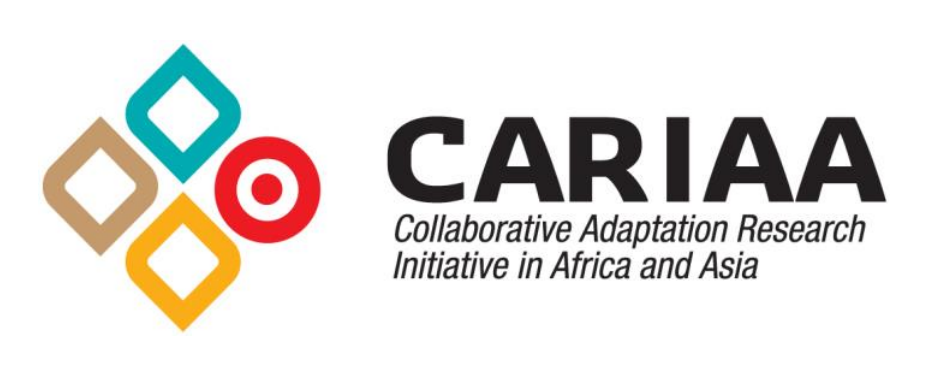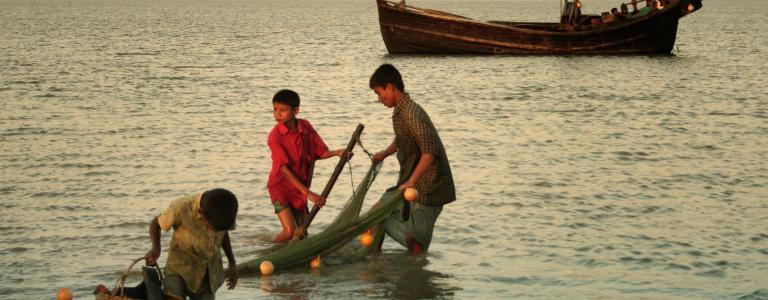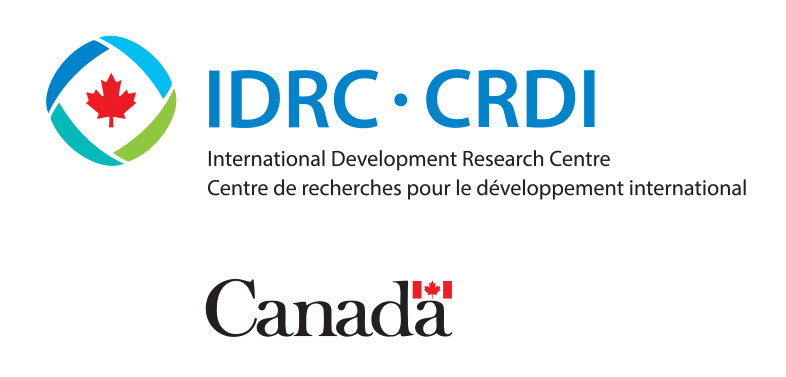Review of Adaptation Action in 15 Asian and African Countries
In Africa and Asia’s vulnerability “hot spots” there is an urgent need to help build the resilience of the people most vulnerable to climate change and enhance adaptation planning and action at the national and sub-national levels.
 The Collaborative Adaptation Research Initiative in Africa and Asia (CARIAA) is working to address this need through collaborative research focused on three climate change hot spots in Africa and Asia: semi-arid areas, deltas in Africa and South Asia and glacier- and snow-fed river basins in the Himalayas. Through the program, four consortia are conducting high-calibre research, policy engagement and knowledge sharing activities to inform adaptation planning and practice in 15 countries. Funding for the seven year CARIAA program (2012–2019) is provided by the UK Department for International Development and Canada’s International Development Research Centre.
The Collaborative Adaptation Research Initiative in Africa and Asia (CARIAA) is working to address this need through collaborative research focused on three climate change hot spots in Africa and Asia: semi-arid areas, deltas in Africa and South Asia and glacier- and snow-fed river basins in the Himalayas. Through the program, four consortia are conducting high-calibre research, policy engagement and knowledge sharing activities to inform adaptation planning and practice in 15 countries. Funding for the seven year CARIAA program (2012–2019) is provided by the UK Department for International Development and Canada’s International Development Research Centre.
IISD supported the CARIAA program by preparing standardized reviews of current adaptation action in each of its 15 countries of engagement:
- South and Central Asia: Bangladesh, India, Nepal, Pakistan and Tajikistan
- West Africa: Burkina Faso, Ghana, Mali and Senegal
- East Africa: Ethiopia, Kenya, Tanzania and Uganda
- Southern Africa: Botswana and Namibia
The reviews provide a snapshot of the policies and projects shaping adaptation action in each country as the CARIAA program’s consortia began to implement activities in their countries of focus. Each country report provides a general overview of the factors influencing their vulnerability to climate change; policies and plans shaping the country’s response to climate change impacts at the national, sectoral and subnational levels; the scale, type and focus of current adaptation-focused programs and projects; and an assessment of the general status of adaptation planning in each country.
While providing a picture of adaptation planning and action in CARIAA’s 15 countries of engagement in 2015, the review also provided an opportunity to compare efforts across continents and hot spots. Key findings that emerged from the review were:
- Adaptation progress varied considerable between the countries reviewed, with some actively engaged in mainstreaming adaptation into policy and programming, while others have made more limited progress.
- While adaptation planning is proceeding at the national level, more limited progress is occurring at the sub-national level in a number of countries.
- The agricultural sector was a shared focus for adaptation action across the countries reviewed, and the sector in which adaptation considerations are most likely to be integrated into current policies, strategies and plans.
- Adaptation action appears to be more limited in sectors such as health, forestry and fisheries, although these sectors are commonly identified by national governments as being particularly vulnerable to climate change.
- Systems to monitor and evaluate adaptation action were found to be largely absent in most of the CARIAA program’s countries of engagement.
These findings are similar to those which emerged from a review of current and planned adaptation action in developing countries completed by IISD in 2010-11.
You might also be interested in
Review of Current and Planned Adaptation Action in Developing Countries: Supporting the Adaptation Partnership
This project provided research to assess adaptation needs, policy efforts, current and planned projects, and potential gaps in current adaptation action in 125 developing countries.
Friends of Climate and Health
The Friends of Climate and Health is an informal group of countries working to foster international collaboration on climate change and health.
Evidence on Gender, Equity, and Justice for Effective Adaptation
This project summarizes key messages on gender, equity, and justice from the latest Intergovernmental Panel on Climate Change (IPCC) report, making them accessible to adaptation practitioners.
AQUA-Pearl
A new project will help communities in Fiji build their resilience to climate change through nature-based approaches to oyster aquaculture.





